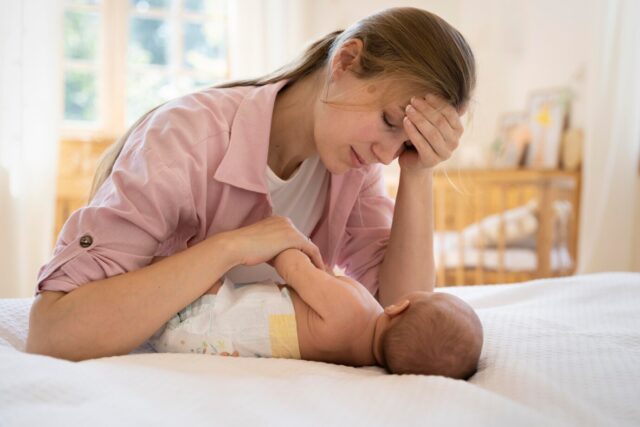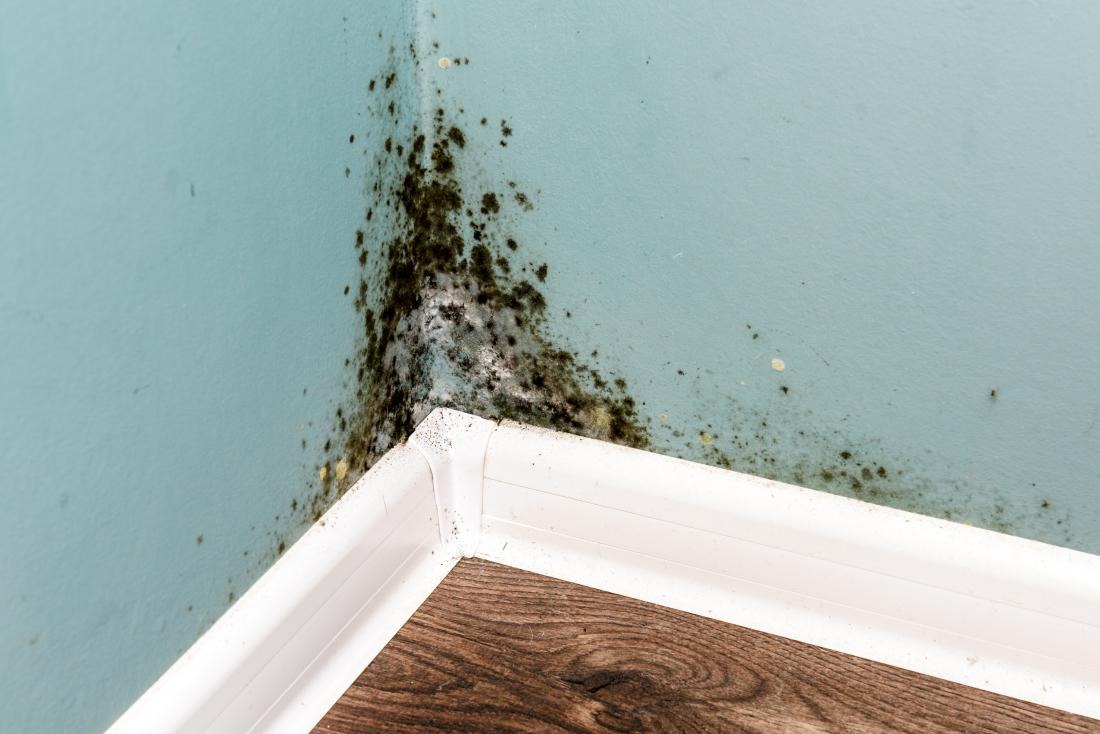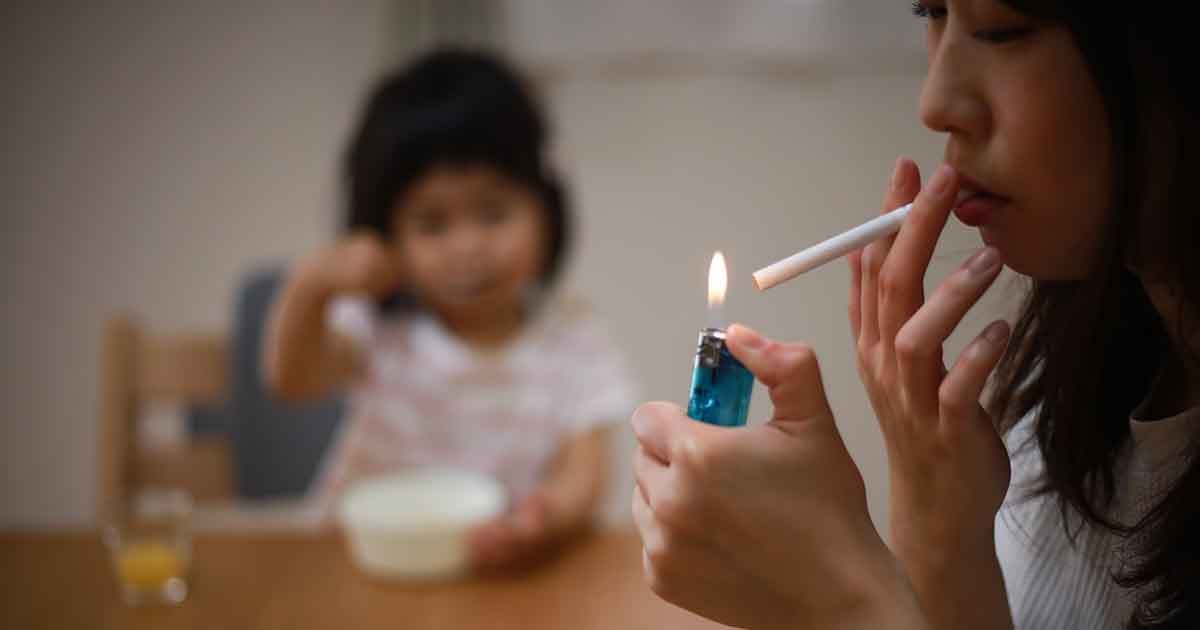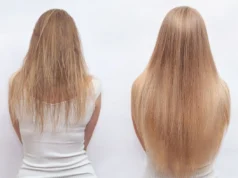
New or seasoned parents typically worry about their child’s health. You monitor what they eat and sleep time and strive to keep them safe. However, environmental variables that might cause infant allergies can hide in our homes and surroundings and threaten your child’s health.
Understanding baby allergies is difficult. They may cause skin rashes, respiratory difficulties, and digestive issues. Some allergies, like food or cat dander, are easy to see, while others are hidden in our surroundings.
There are environmental triggers everywhere. They’re in our air, water, and furnishings. Plant pollen, mold spores, dust mites, and common pollutants may provoke this. They’re so frequent we forget they’re there, much alone, that they may hurt our lovely kids.
In this exploration of newborn allergies, we’ll explore the many environmental variables that might cause them. We’ll cover how these risks might harm your baby’s health and, most importantly, how to minimize them.
Air Pollution

Air pollution, undoubtedly, tops the list of environmental factors that could trigger baby allergies. The quality of the air we breathe plays a critical role in our overall health, and it’s even more crucial for babies with still-developing immune systems.
Envision the myriad of particles suspended in the atmosphere, invisible to the unaided eye yet perhaps detrimental to a neonate. These particles can come from several sources, like car exhaust fumes, industrial emissions, or even the smoke from that tempting barbecue grill in your backyard.
If your baby catches allergies, you can explore relief and medicine options for infant allergies at Dr. Albots. But it is always best to take preventive measures by reducing air pollution in your surroundings.
Dust Mites
Dust mites are one of those incredibly tiny creatures you wouldn’t even know are sharing your household unless someone pointed them out to you. These microscopic roommates love to feast on the skin flakes we shed daily, and their favorite hangout spots are our beds, carpets, and upholstery. It’s not the mites themselves causing the allergies. It’s their droppings and the body fragments they leave behind when they die that cause allergic reactions.
Dust mites are present pretty much everywhere, and they reproduce remarkably fast. A female dust mite can multiply up to 300 offspring in a month. So, while regular cleaning can reduce their numbers, it won’t be long before they’re back in full force.
To avoid dust mites, regularly wash bedding, vacuum carpets often, and reduce clutter around the house. Additionally, consider investing in hypoallergenic bedding and mattresses.
Food Allergens

Food allergens are another common trigger for baby allergies. Many infants can have allergic reactions to certain types of food, even if they’re being breastfed. The most prevalent allergens in food include wheat, soy, fish, tree nuts, eggs, cow’s milk, and shellfish.
Food allergies in babies can manifest in various ways, such as skin rashes, vomiting, diarrhea, or even anaphylaxis in severe cases. It’s important to introduce new foods to your baby one at a time so that if an allergic reaction occurs, it’s easier to identify the culprit.
If your child has a food allergy, consult a pediatrician or dietitian for advice on ensuring your child still receives all the necessary nutrients.
Pet Dander
Pet dander is another significant contributor to baby allergies. Now, don’t get us wrong, we’re not suggesting that you should get rid of your beloved furry friends, but it’s important to recognize that those little flakes of skin that pets like dogs and cats shed can cause an allergic response in some babies.
When pets scratch, lick or shake, they release this dander into the air. It can land on clothing, carpets, furniture, and other surfaces around the house, and from there, it’s easy for babies to inhale them or get them on their skin.
You could establish pet-free zones in your home, especially where your baby spends the most time. Regular pet grooming may also lessen the amount of dander your dog sheds. An air purifier can be a good investment, too, especially one with a HEPA filter that can trap those tiny particles of dander and prevent them from floating around.
Mold

Fungi, including mold, may thrive both inside and outdoors. It thrives in moist environments, so you’ll usually find it in bathrooms, kitchens, basements, and damp walls or carpets. Mold spreads through tiny spores that float around in the air, and when these spores come into contact with your baby’s skin or are inhaled, they can trigger allergic reactions.
For babies with allergies, keeping your home clean and dry is essential. Regularly check for any mold growth and address it immediately. Proper ventilation in areas where moisture accumulates can also help prevent mold growth.
Pollen
Pollen is another common environmental factor that can trigger baby allergies. It’s a fine, powdery substance produced by plants and carried by the wind or insects for fertilization. Pollen allergies, or hay fever, induce runny nose, sneezing, watery eyes, and itchy throat.
Close windows and doors and minimize outside activities during peak pollen season to decrease your baby’s exposure. After being outside, wash your baby’s clothes and bathe them to eliminate pollen from their skin and clothing.
Smoke

Smoke from cigarettes, cigars, or even wood-burning fireplaces can also be a trigger for baby allergies. Exposure to smoke, even in small amounts, can cause respiratory problems and worsen existing allergies.
Your baby’s health depends on you and your family quitting smoking. Also, avoid using wood-burning fireplaces or stoves and opt for electric alternatives. If you live in a highly polluted area, consider investing in an air purifier with a smoke filter to help improve the air quality in your home.
Conclusion
As parents, it’s important to know the environmental factors that can trigger allergies in babies. By identifying and reducing exposure to these triggers, parents can minimize the baby’s risk of developing allergies and improve their overall well-being.
Parents should also consult their doctor if their baby shows symptoms of allergies to determine the best treatment plan. Remember, a little prevention goes a long way in protecting your baby’s health.












